Frederick Fisher and Partners Modern Architecture Oceanside Museum of Art New Building Walk Through Installation Art Exhibition
Frederick B. Fisher, AIA, FAAR, is an American architect whose professional practice is headquartered in Southern California. Frederick Fisher started his architecture firm in 1980 which partnered architects Joseph Coriaty and David Ross in 1995. Fisher is most noted for building seminal academic institutions, museums, and contemporary residential projects throughout the United States, Europe and Asia. His approach to architecture comes from a broad cultural and social perspective.
In 2001, he was awarded a first-ever C.O.L.A. Grant for architects from the City of Los Angeles.
Brendan Gill Prize for MoMA Museum of Modern Art P.S.1 Contemporary Art Center in New York in 2001
2006 for Houston's Restaurants in Denver and Santa Monica
an AIA Design award for the Santa Ynez Residence in 2007,
2008 Orchid Award for the Oceanside Museum of Art,
2009 Westside Prize and SCDF Design Award for the Annenberg Community Beach House,
2009 AIA Honor Award and SCDF Design Award for the Annenberg Center for Information Science and Technology at Caltech,
AIA Restaurant Design Awards in 2009,
2011 Innovation Awards “Best in Show” for the Annenberg IST Center at Caltech,
Frederick is a Fellow with the American Academy in Rome, having won the 2008 Franklin D. Israel Rome Prize in Architecture.
Fred currently serves as a member of the Board of Councilors for the USC School of Architecture. He chaired the Environmental Design Department at Otis College of Art & Design. In addition, he has held numerous visiting instructor posts including USC, Harvard University Graduate School of Design, Columbia University, Southern California Institute of Architecture (SCI-Arc), and the Department of Architecture and Urban Design at UCLA.
He has served as the architect for several renowned cultural landmarks including the Annenberg Community Beach House in Santa Monica and the visitor's center of the Sunnylands Estate in Rancho Mirage, California.
Early life
Fisher is the son of an architect. He received his undergraduate degree in Art and Art History from Oberlin College and his Master of Architecture degree from the University of California, Los Angeles (UCLA) in 1972.
The concept of “safe space” has taken on new importance and meaning as the effects of a global pandemic have influenced the way we interact and keep our distance, both physically and virtually. Meanwhile, as Russia invades Ukraine and as millions of refugees are fleeing the violence, we are again witnessing those seeking safe spaces. This exhibition explores what that concept means to individuals, especially those impacted by the experiences of immigration, forced displacement, and active combat, and how personal interpretations of safe space can be expressed artistically.
Throughout the Fall of 2021, Tijuana- and Dusseldorf-based artist guided a series of virtual-reality workshops with five selected participants across the globe who identify as are immigrants and refugees including two United States Armed Forces veterans, as they shared stories about how their physical, social, digital, and psychological spaces have been impacted by their experiences. Participants worked with the artist collaboratively to envision, design, and create an expression of their safe spaces within the virtual environment.
The artist described the collaborative workshop process as a free-flowing conversation in the metaverse: “I am trying to just hang out with them and talk with them to create a best safe space,” Takeda explains. “Obviously we are getting at the idea of ‘safe space’, but we are improvising as they go. For example, one participant started talking about her diving experiences. We created the virtual space to simulate an ocean, and we started drawing forests of kelp. As we drew, we also started talking about difficult and traumatic memories from her deployment in Iraq. There is something nice about talking as you move your hand. Creativity flows even if you are talking about difficult things, which is almost impossible to achieve in traditional interviews with questions and answers.”
In the resulting exhibition, visitors will experience a mixed-reality environment exploring the purpose of safe space, both in our society and in emerging virtual spaces, and the possibilities of virtual space as a tool for finding sanctuary. A physical installation designed and constructed by Takeda based on the results of the workshops will be augmented by the virtual reality environments created by workshop participants, which visitors will interact with using their mobile devices. Additionally, videos from the workshops will present the process of how the participants’ constructed their virtual safe space creations, as well as the participants’ stories in their own words.
#modernarchitecture #artmuseum #installationart
Frederick B. Fisher, AIA, FAAR, is an American architect whose professional practice is headquartered in Southern California. Frederick Fisher started his architecture firm in 1980 which partnered architects Joseph Coriaty and David Ross in 1995. Fisher is most noted for building seminal academic institutions, museums, and contemporary residential projects throughout the United States, Europe and Asia. His approach to architecture comes from a broad cultural and social perspective.
In 2001, he was awarded a first-ever C.O.L.A. Grant for architects from the City of Los Angeles.
Brendan Gill Prize for MoMA Museum of Modern Art P.S.1 Contemporary Art Center in New York in 2001
2006 for Houston's Restaurants in Denver and Santa Monica
an AIA Design award for the Santa Ynez Residence in 2007,
2008 Orchid Award for the Oceanside Museum of Art,
2009 Westside Prize and SCDF Design Award for the Annenberg Community Beach House,
2009 AIA Honor Award and SCDF Design Award for the Annenberg Center for Information Science and Technology at Caltech,
AIA Restaurant Design Awards in 2009,
2011 Innovation Awards “Best in Show” for the Annenberg IST Center at Caltech,
Frederick is a Fellow with the American Academy in Rome, having won the 2008 Franklin D. Israel Rome Prize in Architecture.
Fred currently serves as a member of the Board of Councilors for the USC School of Architecture. He chaired the Environmental Design Department at Otis College of Art & Design. In addition, he has held numerous visiting instructor posts including USC, Harvard University Graduate School of Design, Columbia University, Southern California Institute of Architecture (SCI-Arc), and the Department of Architecture and Urban Design at UCLA.
He has served as the architect for several renowned cultural landmarks including the Annenberg Community Beach House in Santa Monica and the visitor's center of the Sunnylands Estate in Rancho Mirage, California.
Early life
Fisher is the son of an architect. He received his undergraduate degree in Art and Art History from Oberlin College and his Master of Architecture degree from the University of California, Los Angeles (UCLA) in 1972.
The concept of “safe space” has taken on new importance and meaning as the effects of a global pandemic have influenced the way we interact and keep our distance, both physically and virtually. Meanwhile, as Russia invades Ukraine and as millions of refugees are fleeing the violence, we are again witnessing those seeking safe spaces. This exhibition explores what that concept means to individuals, especially those impacted by the experiences of immigration, forced displacement, and active combat, and how personal interpretations of safe space can be expressed artistically.
Throughout the Fall of 2021, Tijuana- and Dusseldorf-based artist guided a series of virtual-reality workshops with five selected participants across the globe who identify as are immigrants and refugees including two United States Armed Forces veterans, as they shared stories about how their physical, social, digital, and psychological spaces have been impacted by their experiences. Participants worked with the artist collaboratively to envision, design, and create an expression of their safe spaces within the virtual environment.
The artist described the collaborative workshop process as a free-flowing conversation in the metaverse: “I am trying to just hang out with them and talk with them to create a best safe space,” Takeda explains. “Obviously we are getting at the idea of ‘safe space’, but we are improvising as they go. For example, one participant started talking about her diving experiences. We created the virtual space to simulate an ocean, and we started drawing forests of kelp. As we drew, we also started talking about difficult and traumatic memories from her deployment in Iraq. There is something nice about talking as you move your hand. Creativity flows even if you are talking about difficult things, which is almost impossible to achieve in traditional interviews with questions and answers.”
In the resulting exhibition, visitors will experience a mixed-reality environment exploring the purpose of safe space, both in our society and in emerging virtual spaces, and the possibilities of virtual space as a tool for finding sanctuary. A physical installation designed and constructed by Takeda based on the results of the workshops will be augmented by the virtual reality environments created by workshop participants, which visitors will interact with using their mobile devices. Additionally, videos from the workshops will present the process of how the participants’ constructed their virtual safe space creations, as well as the participants’ stories in their own words.
#modernarchitecture #artmuseum #installationart
- Catégories
- Architecte








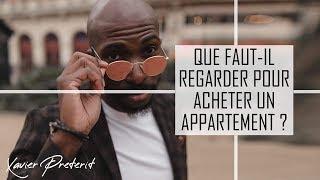
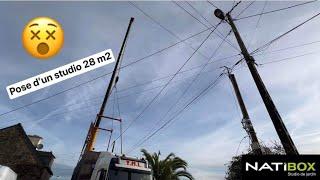
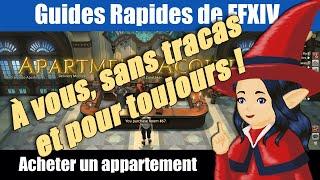
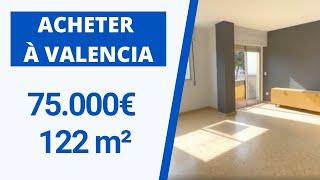
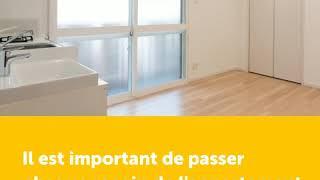
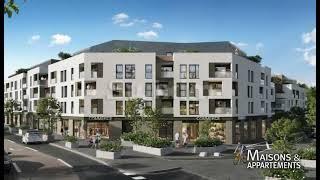
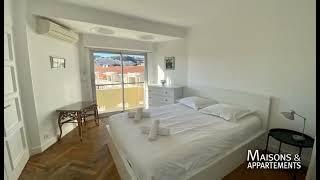
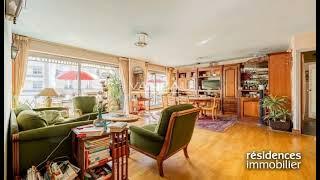


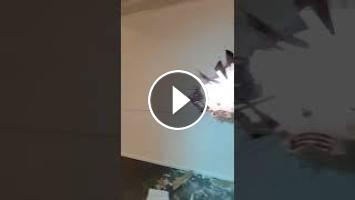
Commentaires